No, Robotaxis Won't Mean the End of Car Ownership
Let's crunch the numbers
As robotaxis and autonomous vehicles continue to take off, we hear a continuous chorus of boosters boasting this will mean “the end of car ownership.” Last week, Vay’s CTO, fresh off raising up to $410M, claimed “We are one step closer to replacing private car ownership with our on-demand, shared, driverless vehicles!” But if we look back at the previous waves of investment and adoption for shared mobility, it seems like the rise of AVs will simply mean more, not fewer, cars on the road.
The great Glenn Mercer has kindly crunched the numbers of cars per household for a few major American metro areas (above,) and the past twenty years of new mobility have simply led to more cars per household. 2005 was right when Zipcar and City Carshare were at the heights of expansion mode, bringing affordable carsharing to neighborhoods all over the coasts… even trying their darndest to make it work in the automotive meccas of the South and Midwest. And mea culpa, I was right behind them: when we launched Turo (née RelayRides) in 2010, we fully believed that sharing cars meant others in the neighborhood would forego owning their own. Here’s an ancient CNN article where we got some of our hosts to opine that they were using our service to ensure “fewer cars will be on the road.”
Next came Uber, Lyft and the ridehailing revolution. Remember how cheap those fares were back in the days of burning VC dollars to form new consumer habits? Even when Uber was offering “record-low rates,” people didn’t change their ownership habits. VMT kept climbing, but evidently that wasn’t just people shifting to being chauffeured, car sales stayed steady too.
Why Would AVs Be Any Different?
If you’ve ever been in a robotaxi, you know that the first trip is mesmerizing, but by the second trip, it’s completely banal. They’re just cars! User behavior is the same as in a TNC, with transit trips and walking more likely to be subbed out than car ownership. And even if the technology gets so good — and riders suddenly start behaving like their better selves — that the operating cost falls materially below that of an Uber or Lyft, the likely outcome is just going to be more trips, but not people abandoning their beloved SUVs and pickups (especially since the ubiquity of cheap parking means every car is effectively a subsidized storage space.)
I think it’s instructive to look at NYC, where car ownership fell a whopping one ninth of one percent over the past twenty years. What did it take?
First, you’ve had the slow re-concentration of jobs away from the car-dependent burbs and back towards the transit-accessible core. While office parks in Jersey and Long Island boomed in the second half of the 20th century, they’ve since atrophied.
On top of that, tolling prices have continued to rise on the roads that criss-cross the Tri-state. Meanwhile, local inflation-adjusted household incomes have fallen, while motoring costs (insurance, maintenance, etc) continue to rise. To sum it all up: fewer people can afford cars, and there are slightly fewer jobs that require a car to get to them. As usual, it’s not the technology: it’s policy and political outcomes. Expect AVs to be no different.
CURBIVORE RETURNS: APRIL 16 & 17 IN DTLA
We’re delighted to announce that Curbivore is returning, next April 16th and 17th, to Downtown Los Angeles. We’re building out a curb-centric city within a city, where you can demo the delivery technologies of tomorrow, kick the tires on autonomous vehicle innovations, meet with mobility’s brightest minds, indulge in the street food that’s rewriting the rules for how we think about public spaces and hear from the leaders that are reshaping curbside commerce.
If you’ve been in the past, you know what a special event this is; show your support by scoring a $195 Super Early Bird ticket. Act fast — ticket prices won’t stay this low for long!
HOT INDUSTRY NEWS & GOSSIP
Waymo makes it to tier two cities: Robotaxiing ain’t just for big city slickers, as Waymo rolls into Minneapolis, New Orleans and Tampa. This comes just a few days after the Alphabet-owned AVer it was ready to pull the safety drivers out of its cars in Miami, Dallas, Houston, San Antonio and Orlando. Zoox is expanding as well, as the Amazon-backed brand opens its San Francisco operations to public riders.
Speaking of “rolls into”… Tesla’s own attempts at building a robotaxi network seem to be running into not-so-metaphorical issues, with the NHTSA logging multiple collisions per week. Meanwhile, guinea pigs (I mean, users) have found Tesla’s safety drivers are falling asleep behind the wheel. Undaunted, the Elon Musk-helmed company is expanding its service to Arizona and opening up its Bay Area and Austin operations to the public. What could go wrong?!
True transit for Montreal: After a seven year construction schedule, marred by the pandemic and the discovery of century-old explosives, Montreal has inaugurated the main branch of its new REM regional express transit system. Mixing fully new track with some older infrastructure that used to host infrequent commuter rail service, the new transit option gives the mid-size city and its burbs the high-quality transport links you see in the likes of Paris (via the RER) or in Germany (S-Bahns.) In true francophone fashion, workers (although not drivers, as the trains are automated) are already striking.
Package crack down: NYC is looking to take a bite out of ecommerce, with the City Council approving a Teamsters-backed bill that would require Amazon and other last-mile companies to obtain city licenses, while also requiring companies to directly employ their drivers, putting an end to the DSP model that often lets the big corporates avoid accountability. Comptroller Brad Lander is pushing for even more changes, including zoning reform for last-mile facilities, increased licensing, fleet electrification, higher labor standards and more. City Council is also considering a law that would require human drivers in all autonomous vehicles.
More money, more problems: Four years after the Infrastructure Investment and Jobs Act (IIJA) aimed to reinvigorate America’s road and transit infrastructure, the numbers aren’t looking so hot. Highway and car-focused spending jumped, but after accounting for inflation and cuts from cities and states on their own spending: investments into non-streets/highway modes, like rail transit, actually fell.
Startup slump: Money also isn’t going as far on the venture side of things. Worldwide, transport-related startups raised $21.34 billion in for the YTD, down from a peak of $105B in 2021. For emerging companies looking to do more with less, check out Third Sphere’s Speedstrap Playbook.
In happier startup news: Congrats to two members of our MobilityVC portfolio: we just announced an investment into Eclara, a German EV leasing platform that taps into salary conversion legislation (“Entgeltumwandlung”) that gives employers and employees a tax incentive to opt in to greener mobility. And another portco — Pionix — just raised a fresh €8M round for open source charging software.
“Nobody’s going to sit and have a coffee in a parking lot.” The inimitable David Zipper heads to the French Riviera (what a tough assignment!) to see learn why even some of the country’s most rightwing locales have opted to prioritize transit and pedestrian-friendliness over more asphalt for motorists. The gist seems to be that pleasant places are a competitive advantage, both for tourism dollars and corporate HQs.
A new transit mayor arises: Move over Mamdani, there’s a new progressive darling in town. Seattle just elected Katie Wilson, co-founder of the Transit Riders Union, who ran on a campaign also focused on increased tenant protections and higher taxes for the wealthy.
Shed heads rejoice: NYC is unveiling six “better-looking” options for the sidewalk scaffolding that’s become ubiquitous across the city in recent years, near both construction sites or simply buildings with old facades. The designs by PAU and ARUP remind me a bit of earlier work done by Urban Umbrella, but their uptake will obviously come down to pricing. No word if the city plans to ever reform Local Law 11 — the enabler of this unique piece of curbside blight.
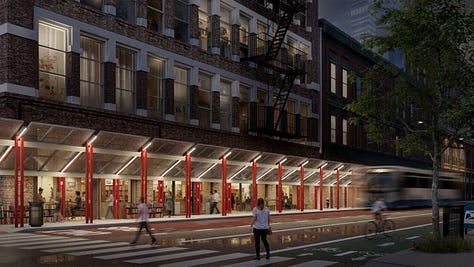

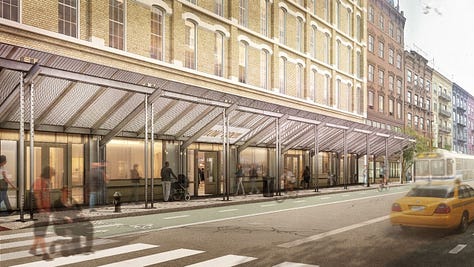
A few good links: DoorDash reservations come to NYC. Uber Eats teams up with Starship’s sidewalk bots in the U.K. Google Maps adds new charging, dining features. Laka raises £6.5M for pan-European bike insurance. Whizz’s Mike Peregudov has a solution for NYC’s e-bike enforcement issues. Complete street treatment headed to LA’s Huntington Drive. Trump admin seeks to eliminate all transit funding. So much for populism: Trump admin undoes cash repayments for cancelled flights. Toyota to invest $912M into U.S. factories for hybrid vehicles. Kroger shutters automated fulfillment centers. The ethical qualms behind $100K robotic police “dogs.” Tesla Diner loses head chef. Monarch sued over self-driving tractors that fail to self-drive. Sortera looks to improve aluminum recycling, as America’s big industrial aluminum plants keep lighting on fire. Falling downtown property values hurt Chicago property tax collection. LA Metro’s universal basic mobility wallet adds Waymo service. California’s road to reducing VMT. New, superfluous green bins clog LA’s curbs. Cleveland eyes Automotus-powered parking enforcement. India’s Pidge raises ₹120CR for “delivery operating system.”
Don’t forget to score your Super Early Bird tickets to Curbivore! And if you’re going to be at AutoMobility LA today — holler at me!
- Jonah Bliss & The Curbivore Crew


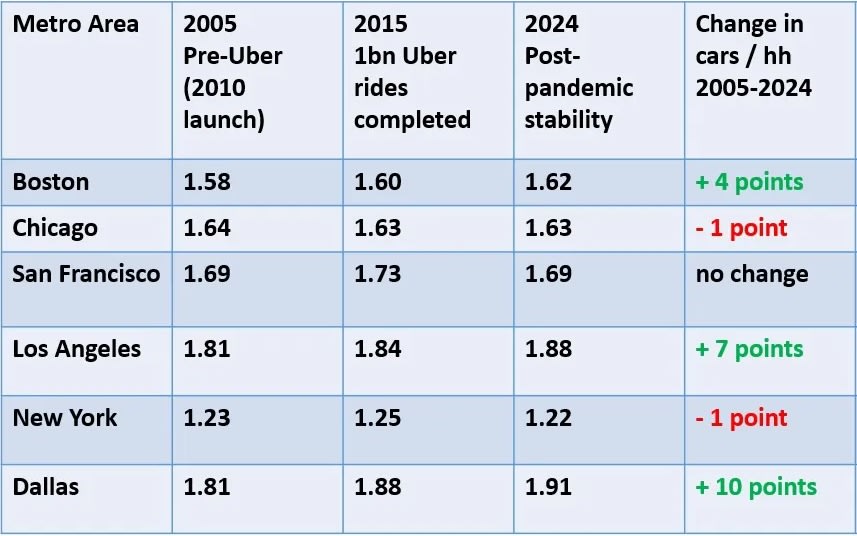

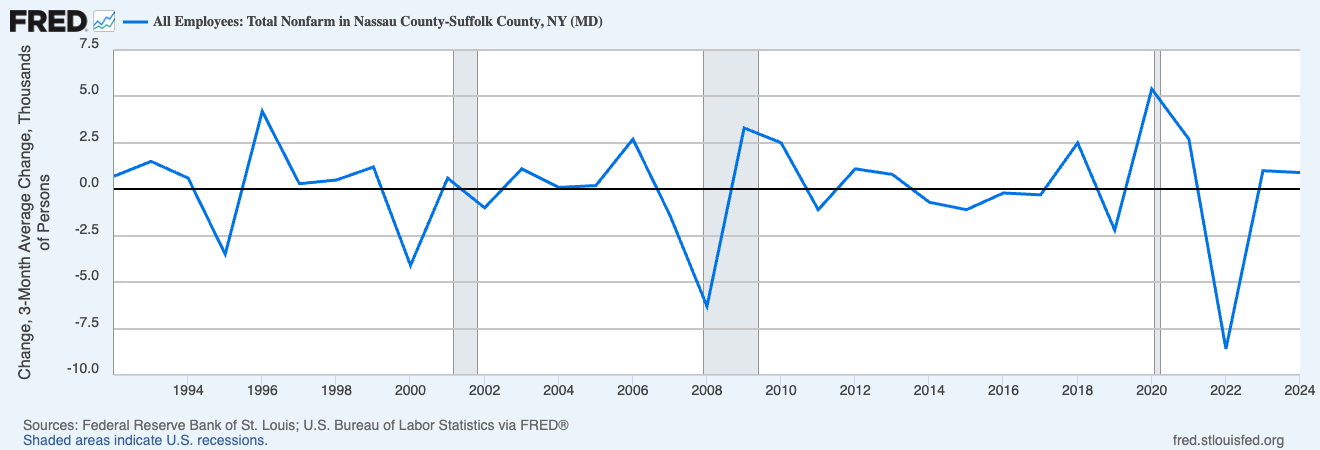

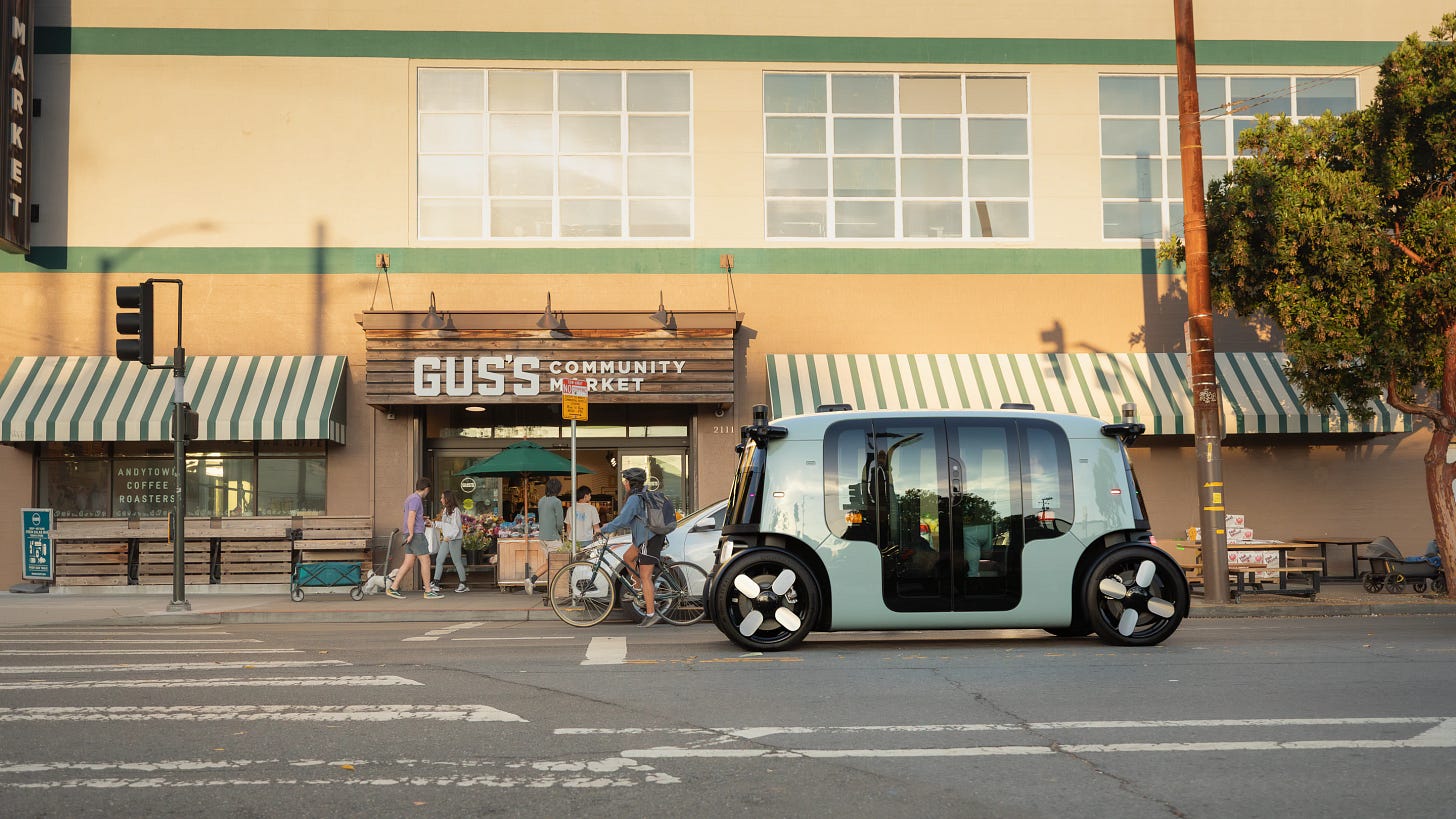

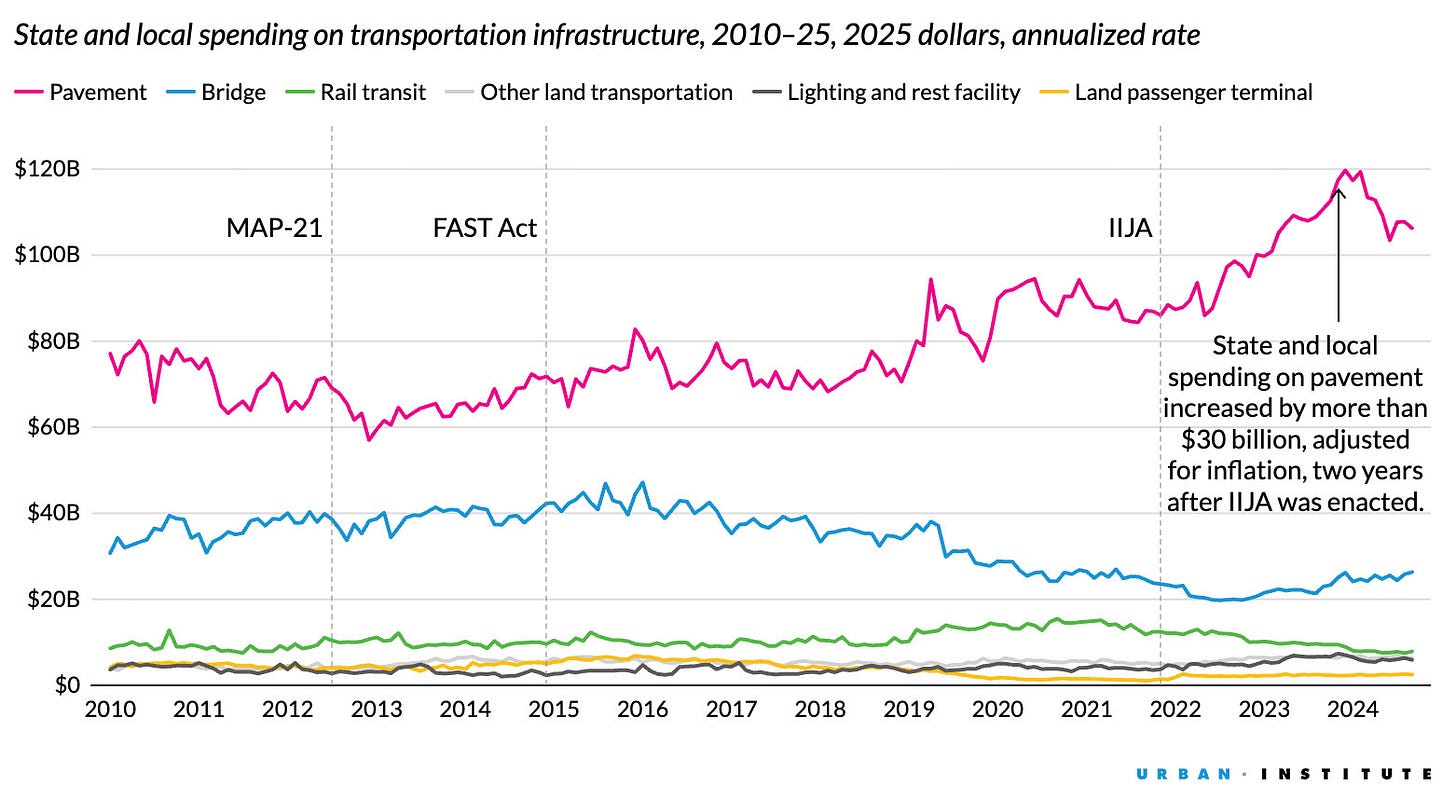
The historical data realy does put a damper on the whole robotaxi replaces car ownership narrative. If Uber and Lyft at their cheepest couldn't convince people to ditch their cars, why would slightly cheeper robotaxis? People love the convenienc and flexiblity of having their own vehicle ready whenever they need it.